We were not sure how long we would stay in Ushuaia because it is known to be expensive and we didn’t know what to expect. But for sure Ushuaia was on top of our list and we were very excited to get there.
On the first point, we were lucky to benefit from the devaluation of the money (known as very favorable exchange rate for us). While the city was indeed more expensive than the North of the country, it felt cheaper than expected. On the second point, Ushuaia turned out to be a much bigger city than we initially had thought. We extended our stay there and would have probably extended more if it wasn’t for the cold weather… duh.
Ushuaia: getting there
There are 4 ways to get to Ushuaia:
- By plane: the easiest, fastest and not so expensive if you book in advance (around 150 USD one way). This is the option we chose. From the airport you will need to take a taxi.
- By bus: from Argentina (passing by Rio Grande and Rio Gallegos) or Chile (passing by Punta Arenas and Puerto Natales). The bus terminal is very close to the center. Note that it will imply to cross the Magellan Detroit by ferry, which is relatively easy to do but you may get blocked for a few hours because of strong winds preventing the crossing… That is what happened to us when we left Ushuaia.
- By car: by following the famous Ruta 3 that is ending near Ushuaia. This is a very long trip but it can allow you to stop in other cities on the way and enjoy the landscapes. The passage of the border between Chile and Argentina can be relatively strenuous. See above the note about the ferry.
- By boat: many cruise ships pass by, arrive at or depart from Ushuaia.
Ushuaia: where to sleep
As mentioned, Ushuaia was much bigger than we expected, therefore we would recommend to stay as close to the city center as possible if you do want to enjoy some time there. Whenever you look for a hotel, check on Google Maps for an idea of the walking distances. We suggest you to keep the distance to the Tourist Information under 30 minutes by foot: more than that can get a bit expensive since you will most probably need to take taxis, so take that into account when comparing the prices. Note also that the city is on a slope: anything North from the city center requires some walking uphill.
There are some campsites available but we would not recommend them if you are not in full summer or well equipped for cold. However, note that you can camp for free in the National Park for up to 2 nights (included in the entrance ticket). Staying overnight will allow you to enjoy the Park in a very peaceful manner after most of the tourists are gone.
Our recommendations
We stayed the three first nights in the hostel El Arroyito. It is a very cozy hostel with good Internet and a kitchen. It is located a bit far from the center (20 to 30 min walking distance) but there was a taxi station in front. We paid 40 USD/ night for a double room with private bathroom, breakfast included. The view on the mountains from the dining room and some of the rooms like ours was beautiful.
We spent 2 nights camping in the National Park Tierra del Fuego, which is the maximum number of nights you can stay as part of the entrance ticket. The campsites are free and only have bathrooms available. We stayed in the camping Lapataia, which was beautiful. You may want to install your tent not too late as I am sure it can get crowded. However, it got very cold during our stay (snowy and windy with temperatures below 0 at night) so from about 10 tents the first night, we were only 5 people in 3 tents on the second night.
We spent 2 more nights in the Hotel Paisaje del Beagle, located much closer to the center and with a nice view from the dining room. We paid 44 USD for a twin room with private bathroom, breakfast included. No kitchen to use though.
Ushuaia: the money situation
After all we read online we were a bit worried with the cash situation there. But Ushuaia must has developed fast because at the time of our visit (Nov. 2018) most places would accept card payments and ATMs were wildly available (even though this is not an interesting option for tourists in Argentina since, like everywhere in the country, the withdrawal amount is limited and the fees very high). We would still recommend to come with USD or EUR to be able to pay for some excursions or hotels in case they do not accept credit cards.
Ushuaia: what to do there?
I invite you to read our article: In and around Ushuaia for more information about our trip.
But here are a few tips:
- The Tourist Office in the harbor will provide you with a map and a list of the excursions available. It is a good start. Also you can use Internet and bathrooms for free AND this is where you can get a cute stamp in your passport 🙂
- Close to the Tourist Office, going East, you will find many little huts: this is where you can book a boat excursion. The list from the Tourist Office will help you have a glimpse of who does what, then you can just go and ask them for more details.
- Going West from the Tourist Office you will find the classic Artisanal Fair where you can buy some handicraft souvenir (we actually did not go in so not sure how nice it is).More shops are available on the main street.
- If you are a group of two or more people it will probably be more interesting to go the National Park by taxi (about 500 ARS a trip up to the entrance) than by bus (700 ARS back and forth per person). Hitch-hiking within the park or to go back can also be a good option.
Most of the hikes around the city will require you to take a taxi so you may want to look for other people to share the trip with you. Also take the taxi phone number so you can arrange a pick-up with him to head back.

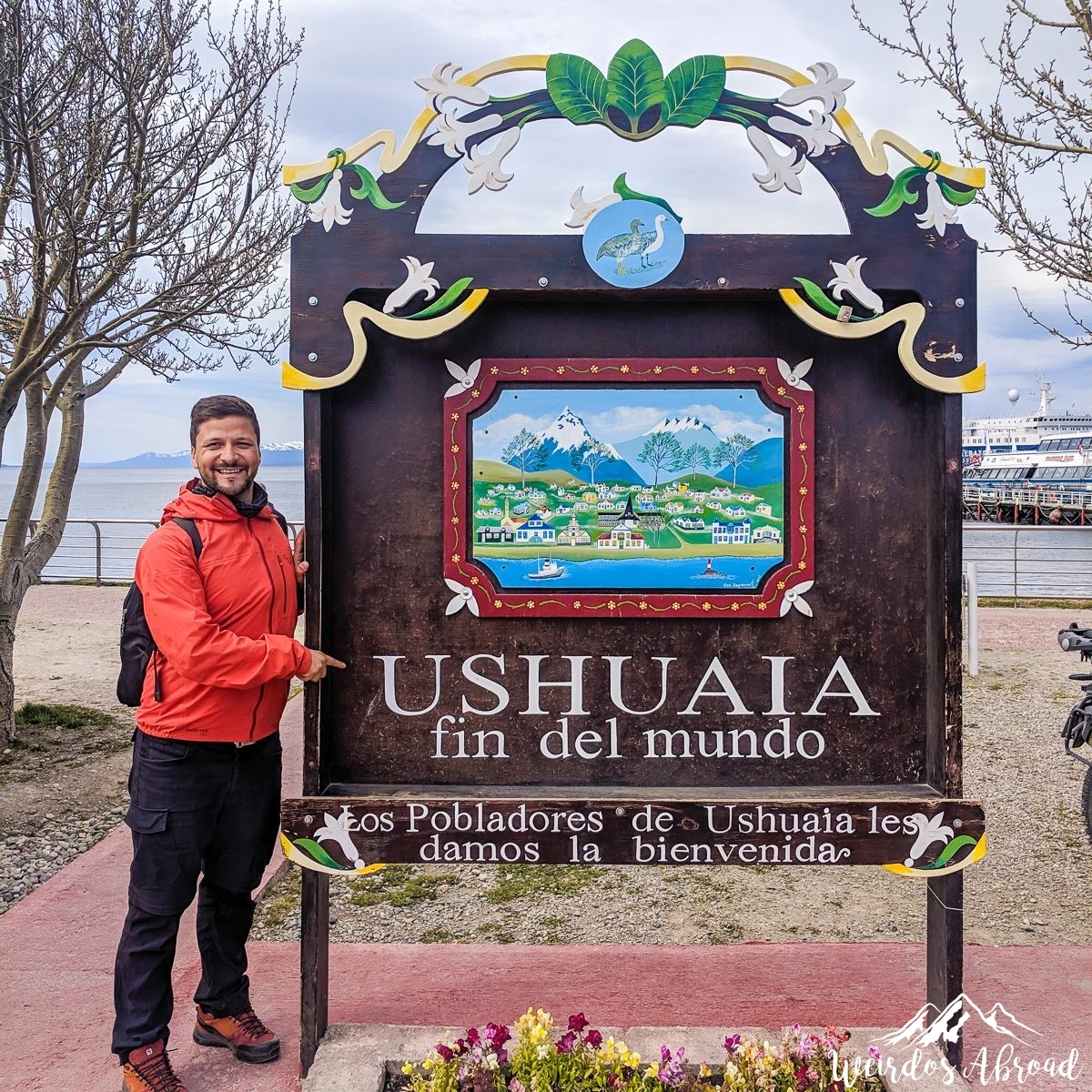
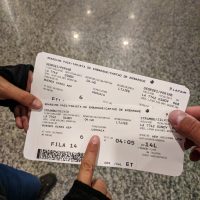



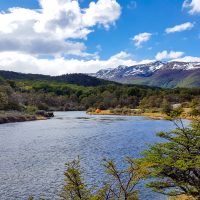
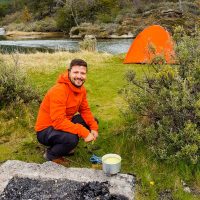
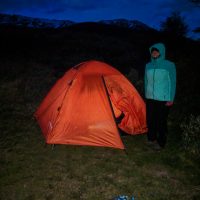
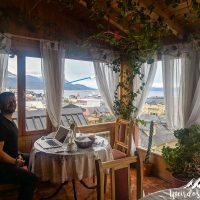
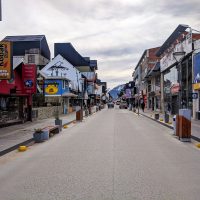
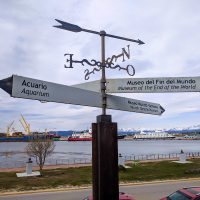

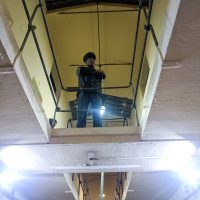



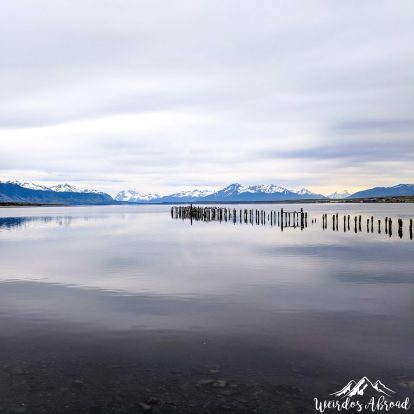
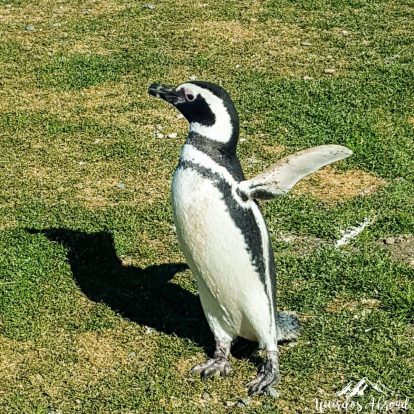
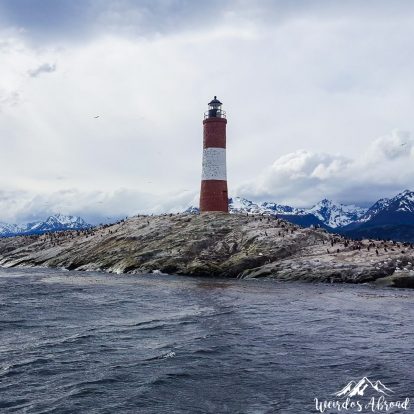

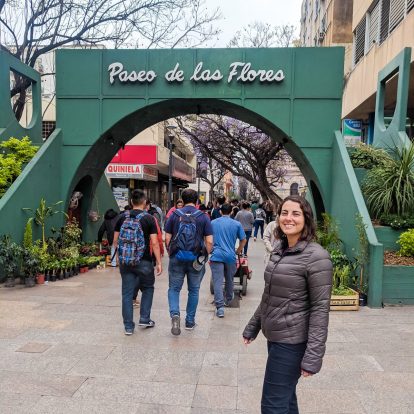
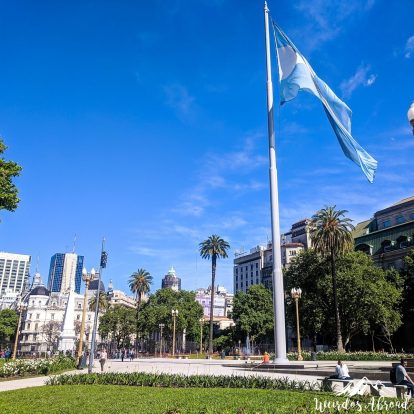

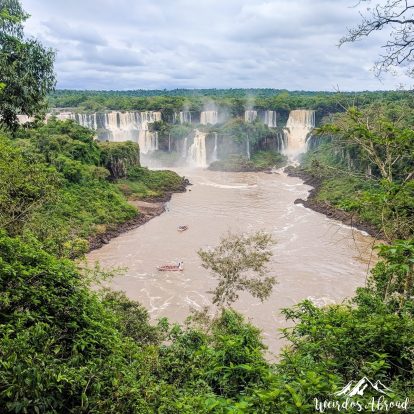

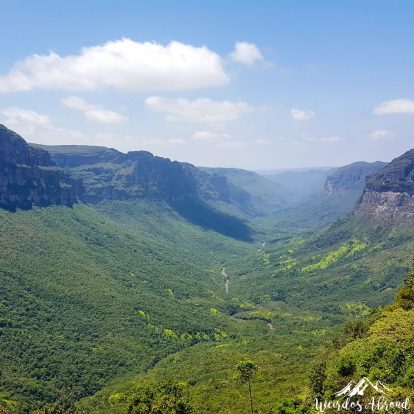
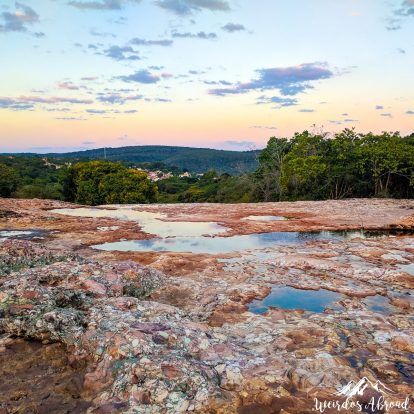
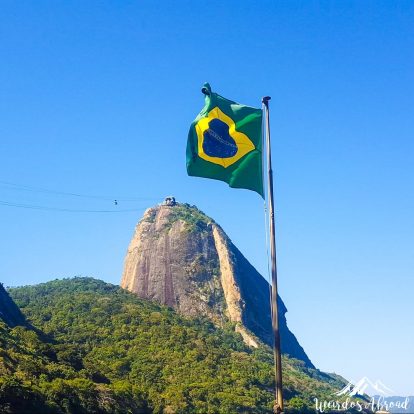
One thought on “Ushuaia, the city at the end of the world”